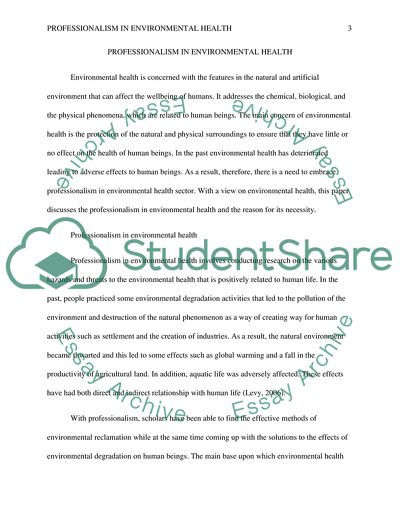Cite this document
(Professionalism in Environmental Public Health Essay - 2, n.d.)
Professionalism in Environmental Public Health Essay - 2. https://studentshare.org/medical-science/1812163-professionalism-in-environmental-public-health
Professionalism in Environmental Public Health Essay - 2. https://studentshare.org/medical-science/1812163-professionalism-in-environmental-public-health
(Professionalism in Environmental Public Health Essay - 2)
Professionalism in Environmental Public Health Essay - 2. https://studentshare.org/medical-science/1812163-professionalism-in-environmental-public-health.
Professionalism in Environmental Public Health Essay - 2. https://studentshare.org/medical-science/1812163-professionalism-in-environmental-public-health.
“Professionalism in Environmental Public Health Essay - 2”. https://studentshare.org/medical-science/1812163-professionalism-in-environmental-public-health.


